- Publisher : Your Online Publicist
- Publication Date : March 2021
- Pages : 390
- Product Dimensions : 6 x 9
- Genre : Historical, Novel
- Paperback ISBN : 978-1-954813-34-2
- Hardcover ISBN : 978-1-954813-38-0
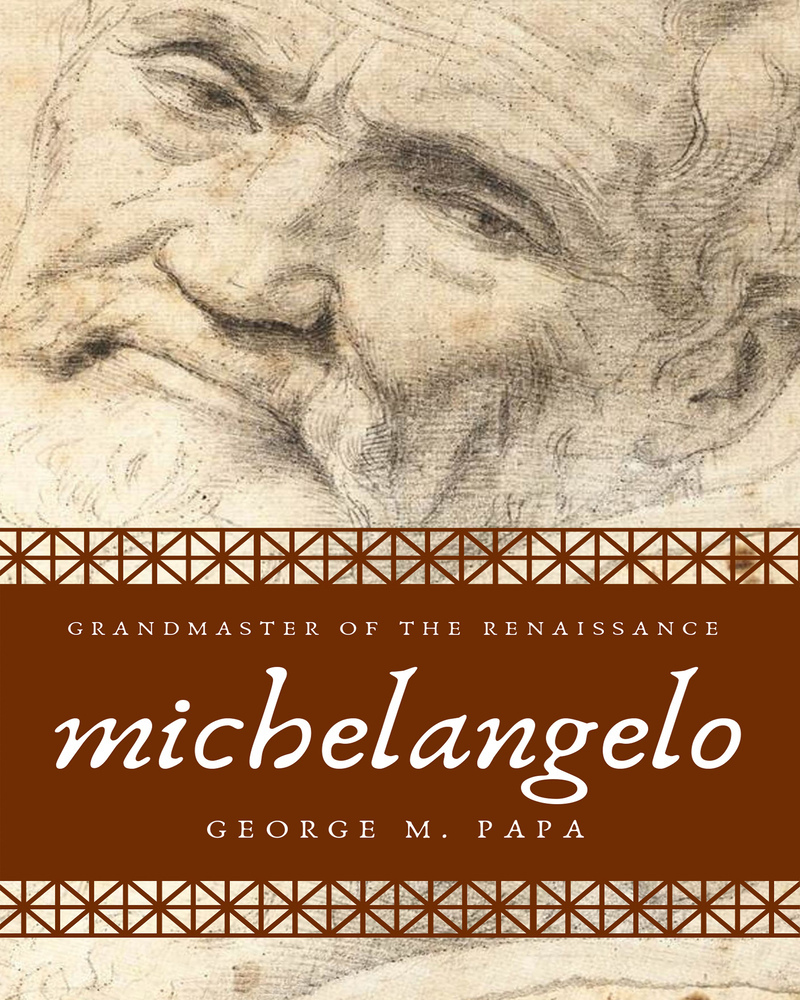
Michelangelo: Grandmaster of the Renaissance
George M. Papa
George M. Papa (b. 1943) was born in Chicago during WWII. His Father was of Croatian descent, a non-active Roman Catholic, and a sailor in the U.S. Navy. George’s Mother was a devout Mormon and a BYU graduate from Snowflake, Arizona. George was the oldest of 5 sons. After the war, his family became prominent in Northern Arizona, where at 19, George served a 2.5-year LDS proselyting mission to Argentina. At age 24, George joined the Army and became in Infantry Lieutenant in Vietnam. His first book is entitled “The Vietnam Jungle Speaks”. Later, Mr. Papa had a career developing land in Northern Arizona. His travels to Croatia and Italy gave rise to this book. While in the service, George got married and are the parents of six children. He and his wife now live in Mesa, Arizona.
Few know that Michelangelo lived to be a robust 89 years old. He spanned 13 popes, he worked for 7 of them, and he fought with all of them. In fact, his talent as to painting, statures and architecture caused a procession of Popes and other titans to vehemently vie for his genius as to the highest level of art in their pompous behalf.
Along with all this vanity came a multitude of scandal, which few know and is now exposed, which including the machinations of the Roman Catholic Church in Rome, the primary customer of the elite and insider Medici Banking Combine, of Florence.
It was this very church, which held all the kings and peasants of Europe in its grip. It was also this church, during its height of glory, now known as the Renaissance, which constantly perfected ways to intimidate and fleece the masses to pay for its many indulgences, including the centuries of construction for the massive St. Peter’s Basilica.
It was in this era of Michelangelo that Lorenzo Medici was the financial comptroller of this vast “church” empire, with all of its carnal dalliances. In this capacity, Lorenzo loaned money to the Vatican at 20% interest against all future tithing and forgiveness of sin, both past and in the future, aka indulgences. He also sold discrete cardinalships for a price, such that one did not have to be celibate, and, one also got paid a lesser interest as a yield on their de facto investment. In this manner, two of Lorenzo’s scions, a son and a nephew, became cardinals as teenagers, to get a head start at becoming two of the most illustrious Popes ever, namely Leo X and Clement VII.
Also intertwined are Savonarola, King Henry the VIII, Martin Luther, King Ferdinand of Naples, Emperor Charles V of Spain, Julius II, plus Michelangelo’s rival, Leonardo da Vince, etc. etc. The many grand master paintings, statues and other art work, and the stories behind them, are well worth the price of this book.
It was in Lorenzo’s lavish palace that young Michelangelo grew up in, right in the middle of all this intrigue, which often centered on more ways to intimidate and fleece the masses to pay for the glory of Rome and Florence. Now for the first time, the reader is privy to the daily yet deadly intrigue of that glamorous but now crumbled era.
“Into the Renaissance Through the Eyes of Michelangelo
Michelangelo was adopted into the opulent palace of Lorenzo Medici, Europe’s most influential banker, and the Roman Catholic Church’s comptroller, when he was 14 years old, owing to his extraordinary artistic capacity. As a result, Michelangelo was privy to all of the intrigue, vast flows of wealth, treachery, and lust that ruled the church and the top tycoons of the time. The scandals of Julius II, Clement VII, and Leo X, as well as the counterbalance of Savonarola and Martin Luther as well as the rivalry of Leonardo da Vinci are shocking particularly in light of King Charles V of Spain’s invasion of Italy in 1527, which sacked both Rome and Florence.
This was Michelangelo’s backdrop as he sculpted the Pieta, David, and numerous tombs for the rich, as well as painting the dome of the Sistine Chapel and other monumental architectural feats. Pope Paul III, for example, begged Michelangelo to finish the design and supervise the final building of the huge St. Peter’s Basilica in Rome in 1547.
George Papa catapults the audience through all the secret alleys and tunnels of the real Renaissance, exposing not only its beauty but also its dark side like never before in his one-of-a-kind unique writing style.
Mr. Papa’s brand-new, compressed “sentence structure” is even more impressive. The typical prose baggage, including syntax repetition and even quotation marks, is no longer present. All of this is dropped in favor of a condensed text that concentrates solely on dialogue. In terms of communication compression, the end result will revolutionize the entire literary world. In a nutshell, it’s fantastic because the viewer will now “see” and occurrence unfold in real-time, which is further enhanced by a plethora of paintings or picture photos. In a nutshell, it’s like reading a movie but with all the pace and dexterity of a top-tier feature film.”
Be the first to review “Michelangelo: Grandmaster of the Renaissance by George M. Papa”
You must be logged in to post a review.




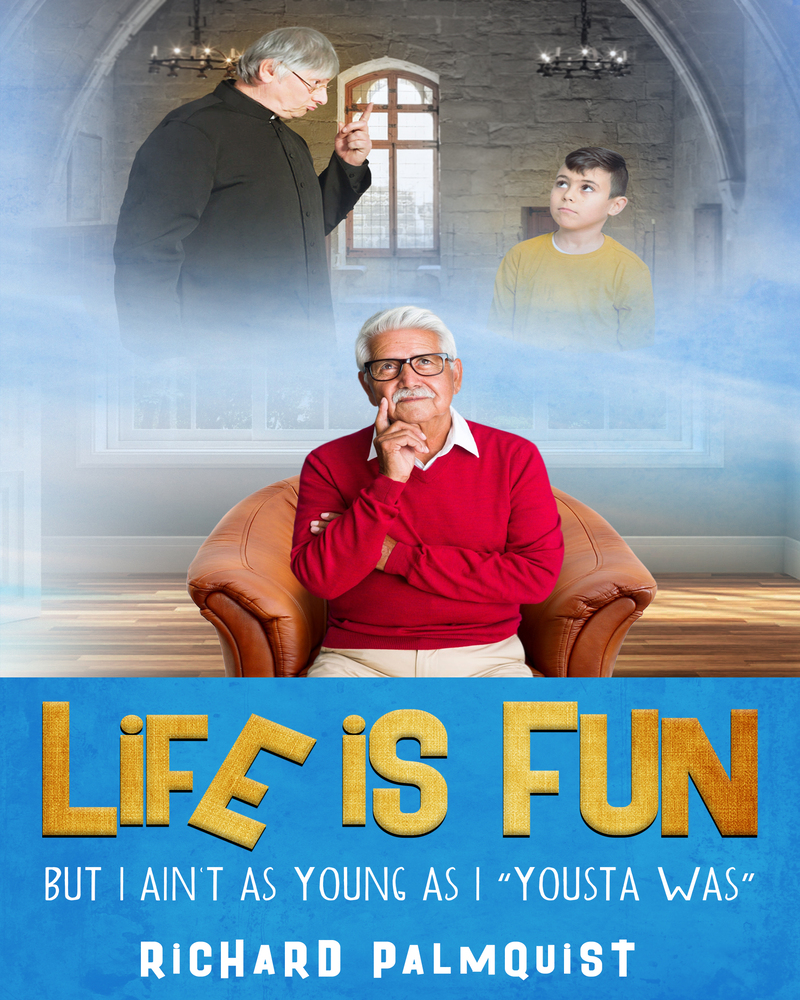
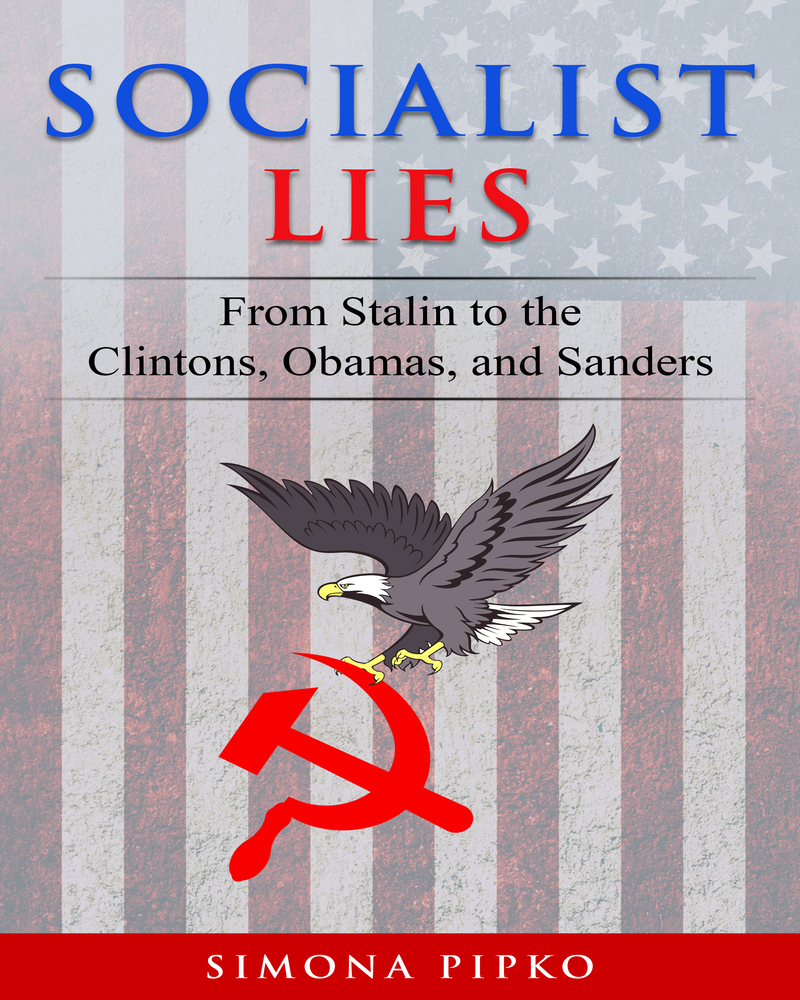
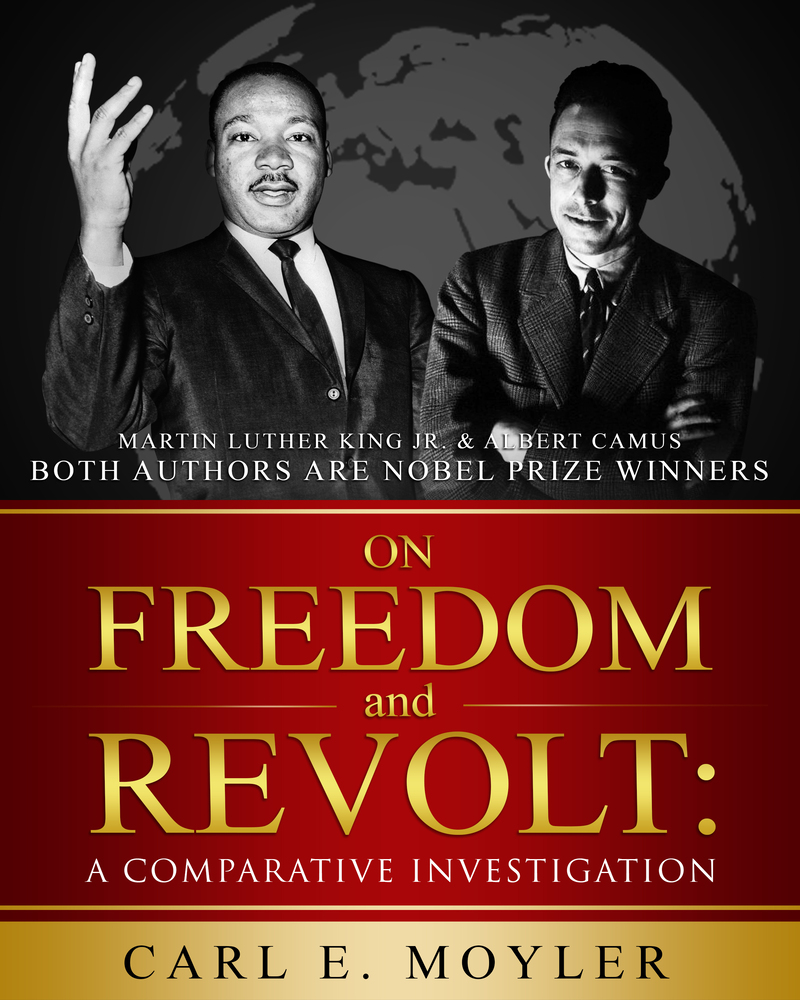
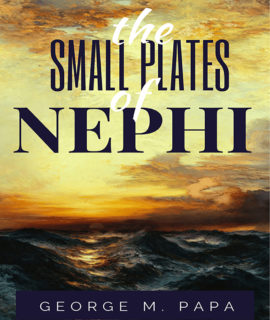
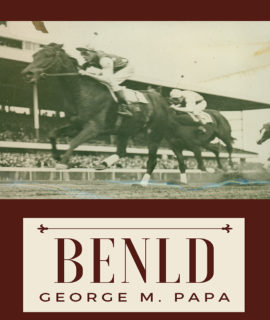
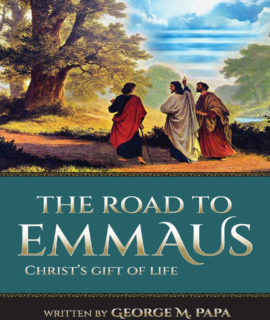
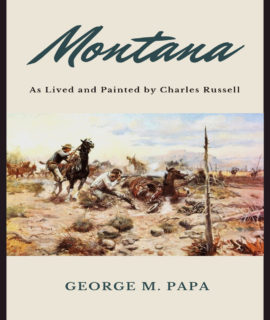

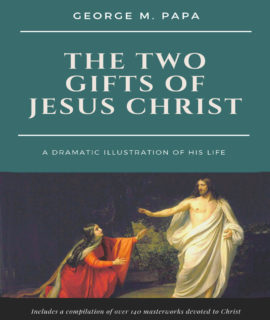

Reviews